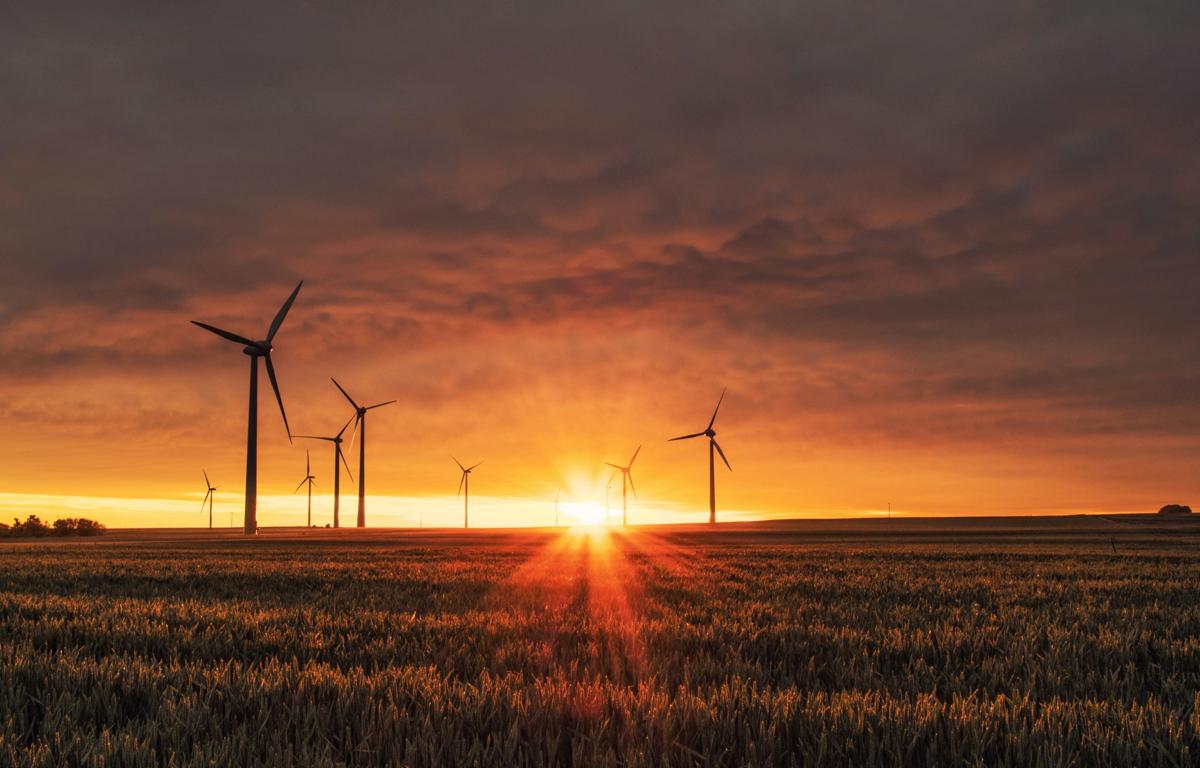
By Long Phan, TFGI Insights Contributor
Turning Point or Detour? What a U.S. Climate Retreat Means for Southeast Asia
From its withdrawal from the Paris Climate Agreement to distancing itself from the Just Energy Transition Partnership (JETP), Donald Trump’s policy stance signals a clear reversal of U.S. climate diplomacy. For Southeast Asia (SEA), the implications are particularly acute. A full U.S. exit from JETP could jeopardise over US$3 billion in green financing pledged to Indonesia and Vietnam—two coal-reliant economies with ambitious clean energy targets.
While the U.S. has long had a complicated relationship with global climate finance, recent developments signal a deeper turn inward. In 2017, the Trump administration proposed cutting foreign aid by one-third, though this move was ultimately blocked by the Senate. More recently, efforts to freeze all USAID foreign assistance were halted by a federal court. These incidents, though legally obstructed, signalled a trajectory of isolation that may have lasting effects on SEA’s clean energy ambitions.
The direct financial impact may be limited. Between 2018 and 2022, American bilateral clean energy funds to SEA totalled just US$41 million—merely 2% of global donor contributions and significantly lower than Germany’s US$1.4 billion over the same period. However, the symbolism of U.S. disengagement carries considerable weight, prompting SEA countries to diversify partnerships, increasingly turning to China and the EU for financing, technology, and capacity building. Simultaneously, a resurgence in pro-fossil fuel rhetoric in the U.S. may have emboldened similar sentiments in Indonesia and Vietnam, where coal remains a politically sensitive issue.
In parallel, American energy companies have intensified fossil fuel exports—particularly liquefied natural gas—to meet SEA’s surging demand for affordable power. While this aligns with the region’s near-term focus on energy affordability and reliability, it may slow long-term decarbonisation efforts if not counterbalanced by strong investments in clean energy.
Market Forces to the Rescue
Despite shifting U.S. policies, SEA’s clean energy transition has not ground to a halt. Instead, evolving market dynamics have stepped in to sustain progress—albeit unevenly.
China has expanded its regional footprint by financing solar, wind, and hydroelectric projects. State-owned enterprises such as PowerChina and China Energy Engineering Group now play key roles in Vietnam’s wind energy sector and Indonesia’s hydropower expansion.
SEA governments are also taking proactive steps. In the Philippines, the Green Energy Auction Programme (GEAP) secured bids for over 3.4 GW of new renewable capacity in its second round and 7.5 GW in the third. Thailand is updating its Power Development Plan to include ambitious solar targets, including floating photovoltaic projects on dams, while Vietnam is refining rooftop solar regulations to unlock corporate demand.
Technology costs have also tipped the scale. According to the International Renewable Energy Agency (IRENA), the cost of solar PV declined by 85% between 2010 and 2020, while onshore wind fell by 56%—a trend that continued through 2024. For SEA countries, clean energy now makes financial sense regardless of political ideology.
The private sector actors are also playing their parts. Tech giants like Google, Apple, and Microsoft have invested in renewable power purchase agreements across Asia to decarbonise their supply chains. Google’s partnership with AES to provide 24/7 carbon-free energy to its Singapore data centres is one example of business-led action making a tangible difference.
Long-Term Risks: Delay, Dependence, and Decarbonisation
Nevertheless, the long-term consequences of inconsistent U.S. climate policy are becoming apparent. Some SEA nations have slowed or paused renewable targets amid geopolitical uncertainty. Vietnam, once a frontrunner,has delayed wind power auctions and softened its coal phase-out plans. Indonesia continues to prioritise grid reliability and economic stability over rapid decarbonisation.
The leadership vacuum has prompted a shift. The European Union and China are deepening engagement through initiatives such as the EU’s Global Gateway and China’s Belt and Road Initiative (BRI). The EU’s recent €10 billion investment push into ASEAN infrastructure reflects a long-term commitment that may eclipse U.S. influence unless future administrations recommit to climate diplomacy.
Although the Biden administration rejoined the Paris Agreement and restored diplomatic efforts on climate, the credibility of U.S. engagement remains vulnerable to electoral cycles and shifting political winds.
Strategic Recommendations: Charting a Path Forward for Southeast Asia
So, has the U.S. retreat derailed SEA’s energy transition?
The answer lies in nuance. Although it weakened U.S. credibility and hindered high-level momentum, a blend of market dynamics and multilateral collaboration contributed to maintaining regional progress.
However, the cost of inconsistency is evident: SEA is now more reliant on non-U.S. partners and must navigate a fragmented support landscape.
To build long-term resilience, SEA countries may take several strategic steps:
- Governments should strengthen national policies that de-risk clean energy investment, such as through transparent procurement processes, clear regulation, and modernised grids.
- Private sector players can scale corporate renewables procurement, invest in energy storage and flexible grid technologies, and support regional energy trading platforms.
- Civil society and research institutions have a vital role in capacity building, data transparency, and accountability to ensure sustainability commitments are met.
Ultimately, while U.S. policy shifts are consequential, the region’s energy future will be shaped by its own choices. Southeast Asia has demonstrated agility and innovation. The next challenge is to transform that momentum into structural change—regardless of who occupies the White House.
About the Writer
Long Phan is a researcher and policy analyst focused on sustainable development and energy transitions in Southeast Asia. His work explores the interplay between geopolitics, finance, and climate policy across emerging markets.



